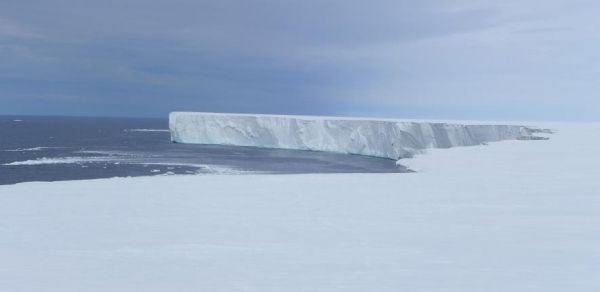An international team of scientists has found part of the world’s largest ice shelf is melting 10 times faster than the overall ice shelf average due to solar heating of the surrounding ocean surface.
In a study of Antarctica’s Ross Ice Shelf, which covers an area roughly the size of France, the scientists spent several years building up a record of how the north-west sector of this vast ice shelf interacts with the ocean beneath it. Their results, reported in the journal Nature Geoscience, show that the ice is melting much more rapidly than previously thought due to inflowing warm water.
“The stability of ice shelves is generally thought to be related to their exposure to warm deep ocean water, but we’ve found that solar heated surface water also plays a crucial role in melting ice shelves,” said first author Dr Craig Stewart from the National Institute of Water and Atmospheric Research (NIWA) in New Zealand, who conducted the work while a PhD student at the University of Cambridge.
Read more at University of Cambridge
Image: The Ross Polynya where solar heat is absorbed by the ocean. The vertical wall of the ice front stretches a distance of 600 km. Credit: Poul Christoffersen


